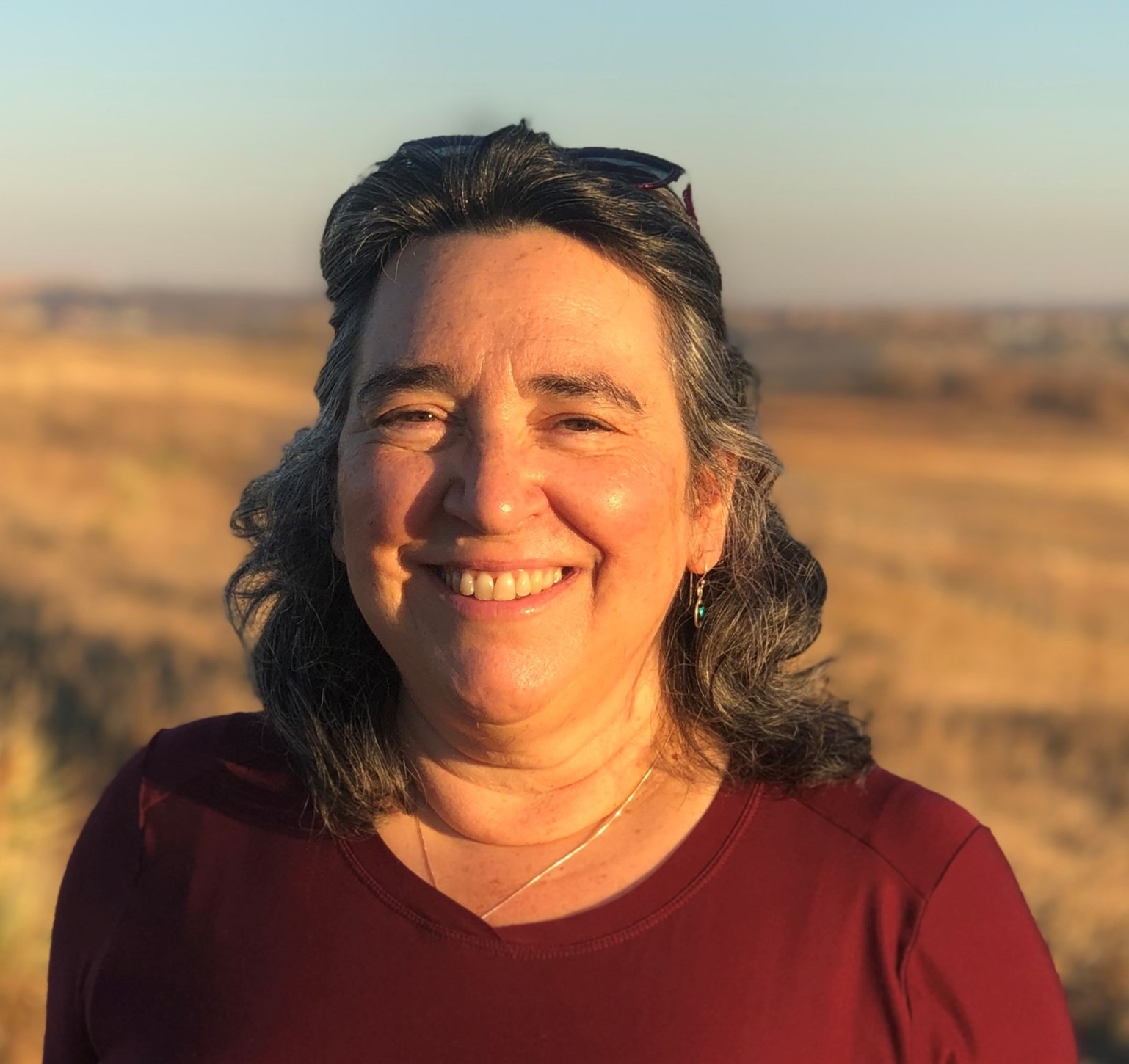 Barbara Goldstein Barbara Goldstein Associate Director, Physical Measurement Laboratory, NIST, United States
Ms. Barbara Goldstein serves as Associate Director of the Physical Measurement Laboratory, the largest operational unit at NIST consisting of approximately 1300 staff and associates and three joint institutes, and which is responsible for realizing and disseminating rigorous measurements to support commercial, defense and research enterprises. Ms. Goldstein manages the “NIST on a Chip” program which is establishing a new paradigm for precision measurement dissemination through a suite of deployable, fit-for-purpose, quantum-based standards to be embedded in products or installed at user sites. Ms. Goldstein is contributing to the emerging quantum economy through international standardization activities. She leads a Standards Ecosystem Task Team for the Quantum Economic Development Consortium, and a Standardization Outlook and Maturity Assessment subgroup of the UN-based ITU-T Focus Group on Quantum Information Technology for Networks. She’s been accepted as a 2021 Department of State Embassy Science Fellow for a mission in The Hague to advance QIS collaborations in the region.
|
T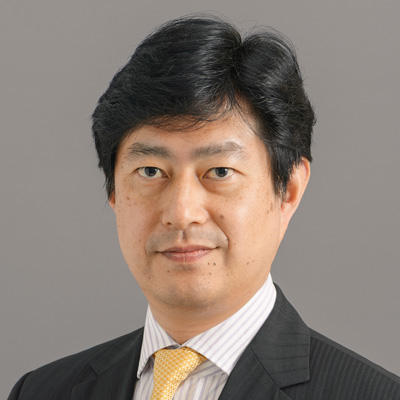 akaaki Ishigure akaaki Ishigure
Professr, Keio University, Japan
Dr. Takaaki Ishigure is currently a professor of Keio University, Faculty of Science and Technology, the department of applied-physics and physic-informatics. He graduated Keio University, the department of applied chemistry in 1991, and received his Ph.D. degree in in material science from Keio University, Japan in 1996. In 2005, he was with the Department of Electrical Engineering, Columbia University, New York, as a Visiting Research Scientist. His current research interests are in on-board optical interconnections realized with multimode / single-mode polymer optical waveguides. He published more than 70 original journal papers and 250 international conference papers including several invited papers. He has been a senior member of IEEE since 2018 and works as a committee member of IEEE and SPIE conferences. He has been a convener of ISO/TC 172/SC 9/WG 7 “Laser and electro-optical systems” since 2019.
|
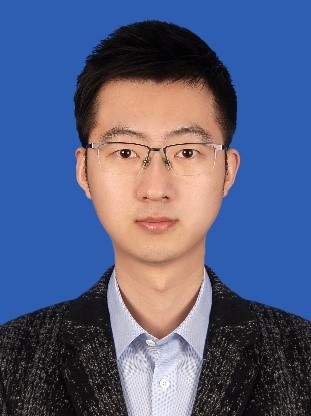 Ming-Han Li Ming-Han Li
Senior Researcher, CAS Quantum Network Co., Ltd, China
Dr. Ming-Han Li is a senior researcher at CAS Quantum Network Co., Ltd. He obtained his bachelor’s degree and Ph.D. from the University of Science and Technology of China (USTC). His research interests are Quantum Random Number Generators (QRNGs) and loophole-free bell test. Dr. Li joined CAS Quantum Network in 2020 and also serves as leader and chief editor of deliverable D1.1 Technical Report on Network aspects of QIT in the ITU-T Focus Group on Quantum Information Technology for Networks (FG-QIT4N).
|
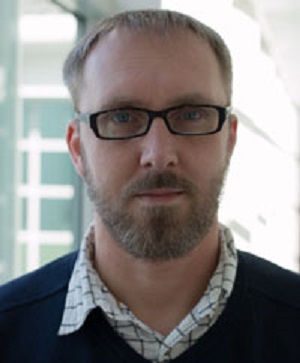 Tobias Lindström Tobias Lindström
Principal Research Scientist, Department of Quantum Technology, National Physical Laboratory (NPL), UK
Dr Tobias Lindström is a Principal Research Scientist in the Quantum Information Processing group and leads NPL’s experimental work in superconducting quantum information processing. He has spent much of his career working on projects where the goal is to understand what limits the performance (e.g., coherence times and stability) of superconducting qubits. He has also pioneered new methods for measuring the intrinsic noise and fluctuations of superconducting quantum devices. He has extensive experience in areas such as cryogenics, electrical metrology, RF- and microwave engineering and data analysis. Tobias also serves one of the UK’s representative on behalf of BSI in the CEN-CENELEC Focus Group on Quantum Technology (CEN-CENELEC FG QT).
|
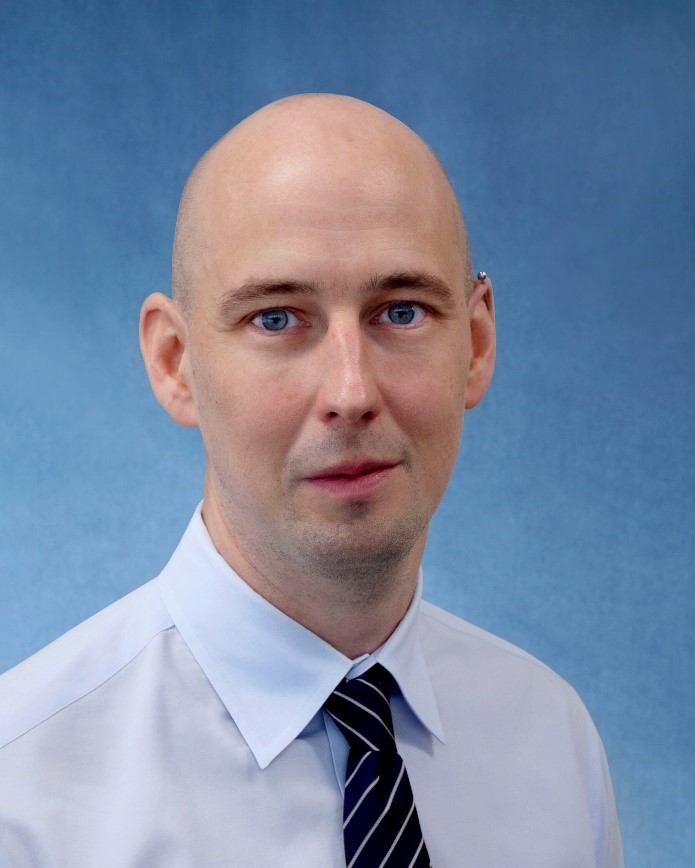 James Nagel James Nagel
Lead Photonic & Laser Systems Engineer, L3Harris Technologies, United States
Dr. James Nagel is a Lead Photonic & Laser Systems Engineer at L3Harris Technologies Space and Airborne Systems, with over 15 years of experience across large and small businesses in both the commercial and aerospace industry. His primary technical expertise covers the field of lasers and optics at the component and system/application level. Specific areas include photonic devices, nonlinear optics, fiber lasers, free-space optical communications, LIDAR and remote sensing applications, as well as quantum communications. In his current role, Dr. Nagel is responsible for optical communications and networking efforts within L3Harris, leading multiple customer-funded and Internal Research & Development programs and serving as the Chief Technologist of L3Harris’ Quantum Communications Solutions group. He holds a PhD in Optical Sciences from the University of Arizona. Since its establishment in 2019, James also serves as co-chair of the ITU-T Focus Group on Quantum Information Technology for Networks (FG-QIT4N).
|
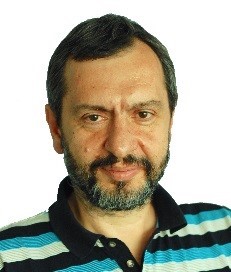 Momtchil Peev Momtchil Peev
Quantum lab, Huawei Technologies Duesseldorf GmbH (HWDU), Germany
M. Peev has studied Mathematics and Physics at the University of Sofia, Bulgaria. There he received his PhD in theoretical Solid State Physics. He has conducted research in the theory and application of symmetry methods and, specifically, group theory to solid state systems. Later he focused on research in the field of mathematical methods, related to the foundations of Quantum Mechanics, more specifically phase-space representations of low dimensional quantum systems. Since 2001 he had been responsible for Quantum Information Theory support for practical QKD, development of QKD protocols, design and development of QKD networks at AIT – Austrian Institute of Technology. He participated actively in the management team of the FP6-IP SECOQC, and led the network implementation sub-project. Subsequently he led the AIT contribution to the Tokyo Network (2010, Japan Tokyo). He co-authors more than 80 publications, many on QKD Networks and security of QKD. Since September 2015, he is an Expert in Huawei Technologies Duesseldorf GmbH and heads the Quantum Communication Network project there. Together with his team he participated in the Telefonica-UPM-Huawei field demonstration, featuring seamless interoperation of CV QKD distribution and network management in the SDN (Software Defined Networks) paradigm. M.Peev participates also in Steering Committee of the present EU Quantum Flagship Project (CiViQ) and leads the Work Package “Specification of Networks and Systems” working in close collaboration with major European Telecommunication Operators. M.Peev is a founding member of ETSI, ISG QKD that has been initiated in October 2008. Since December 2012 he is a vice chairman of this group (together with N. Lutkenhaus – vice-chairman, A. Hasekioglu – vice chairman and A. Shields – chairman) putting strong emphasis on the analysis and potential standardization of QKD Networks.
|
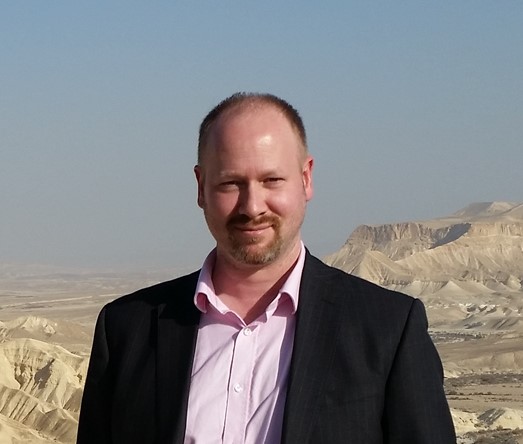 Richard Pitwon Richard Pitwon
CEO, Resolute Photonics
Dr Richard Pitwon is the founder and CEO of Resolute Photonics and has more than 20 years transformational expertise in optical and photonic system interconnect, integration and architectures for data centre, IoT and data-communications applications. He previously led the photonics research and development groups at Xyratex and Seagate for over 12 years. He is a Chartered Engineer (CEng), Fellow of the IET (FIET) and Fellow of the Institute of Physics (FInstP). He has generated over 54 patents, authored over 50 peer-reviewed publications including 4 international standards. He is the current chair of the IEC international standards subcommittee on fibre optic interconnecting devices and passive components (SC86B), as well as secretary of the IEC optical circuit boards standards group and principal UK expert on international standards group (IEC / BSI) for Photonic Integrated Circuits (SC86C/WG4) and embedded devices (TC91/WG6). He is also the chair of the IEEE UK and Ireland Photonics chapter, where he founded the IEEE British and Irish Conference on Optics and Photonics.
|
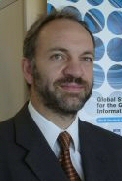 Reinhard Scholl Reinhard Scholl Deputy Director, TSB, ITU
Reinhard Scholl is Deputy to the Director of the ITU-T Secretariat (TSB) since September 2002. Previously he has been with Siemens in Munich, Germany and with ETSI (European Telecommunications Standards Institute). He received a Ph.D. in physics from the University of Illinois, USA.
|
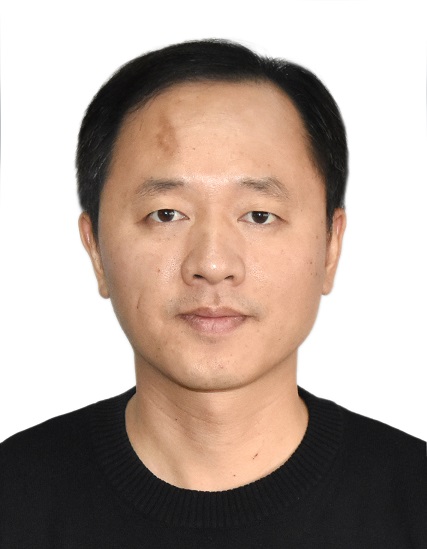 Hongsong Shi Hongsong Shi
Director, China Information Technology Security Evaluation Center
Hongsong Shi as an ISO/IEC expert is recently working on the standardization of QKD technology and Common Criteria (i.e., ISO/IEC 15408). He is one of the editors of ISO/IEC 23837-2 (Test and evaluation methods of QKD) and ISO/IEC 15408-2 (Security functional components). Dr. Shi received his Ph.D. from the University of Electronic Science and Technology of China in 2010, and joined China Information Technology Security Evaluation Center (CNITSEC) afterward as a security analyst working on Common Criteria based security evaluation of IT products, especially IC chips and cryptographic modules. Hongsong’s research is mainly focusing on cryptography with computational security and information theoretic security. He was ever a visiting student in the iCore research center of University of Calgary, Canada.
|
 Nicolas Spethmann Nicolas Spethmann
Head of Quantum Technology Competence Center, Physikalisch-Technische Bundesanstalt (PTB), Germany
Nicolas Spethmann is head of the Quantum Technology Competence Center (QTZ, qtz.ptb.de) at Physikalisch-Technische Bundesanstalt (PTB), Germany’s national metrology institute. He completed his PhD in 2012 at University of Bonn and subsequently obtained a Marie-Curie outgoing fellowship at University of California, Berkeley performing research dealing with sensing at the quantum limit. In 2017, he joined PTB’s quantum logic spectroscopy group and since 2019 he heads the Quantum Technology Competence Center at PTB, which pursues the transfer of quantum technology from fundamental research into application together with partners from industry and academia. Since 2020, he serves as vice-chair of the Focus Group Quantum Technology of CEN-CENELEC.
|
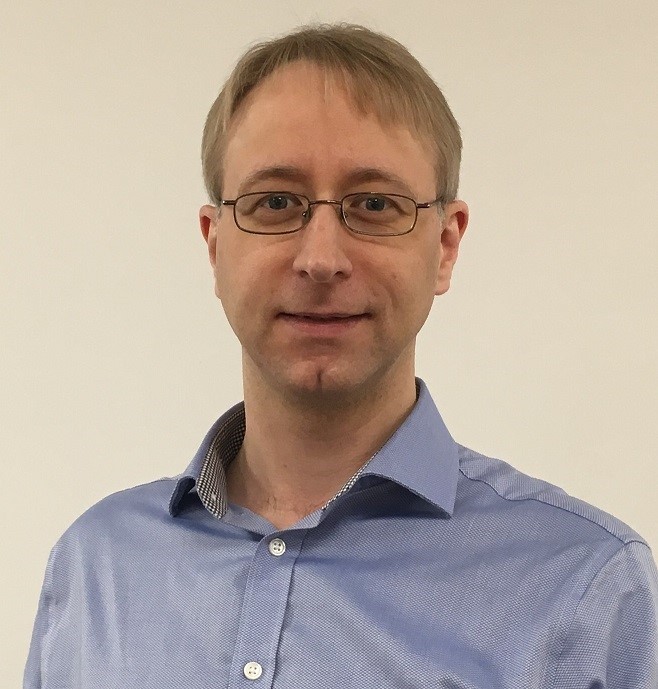 Martin Ward Martin Ward
Senior Research Scientist, Toshiba Europe Limited
Martin Ward is a Senior Research Scientist for Toshiba Europe working in their Cambridge Research Laboratory in the UK. He received a DPhil in Physics from the University of Oxford and has over 15 years of research experience on quantum photonic sources, quantum optics and quantum key distribution, including electrically driven quantum dot single photon emission and entangled photon pair sources at telecom wavelengths. He is currently Chair of ETSI ISG QKD and is involved in QKD standards within ISO/IEC JTC 1/SC 27/WG 3, where he is a co-editor of draft ISO/IEC 23837-2, and within ITU-T SG17 and SG13.
|
